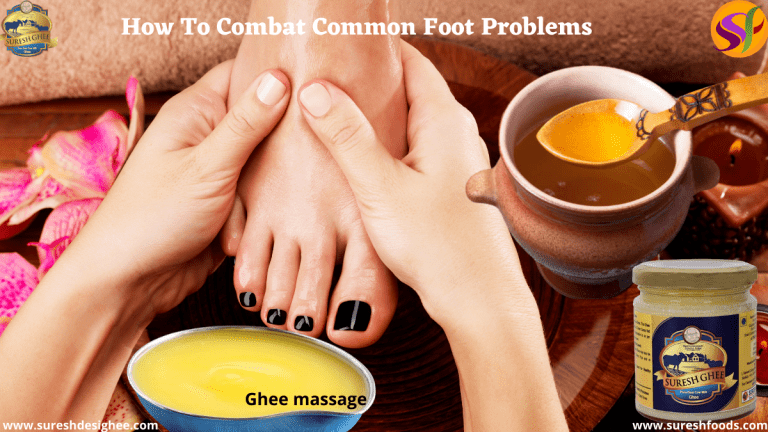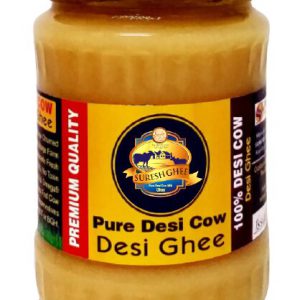Common foot issues extend from annoying to downward pain. After all, we concise our feet through a lot every day. Think of the uncomfortable shoes, the hard pavement, and all the force they’re under as we take a walk, jump, and hurry to catch the bus.
No wonder our feet are bedeviled with blisters, bunions, or even broken bones! And these foot issues only get skilful as we become old and our arches and wadding start to let down. It is possible to prohibit and cure many of the most common foot issues.
At-home foot remedy is easy stuff and usually only needs ice, ibuprofen, warm water, and massaging with desi ghee. When we use low-quality or ill-fitting footwear, it puts extra fatigue and stress on all the bones, ligaments, and foot nerves in our feet.
Indication to foot pain, blisters, bunions, collapsed arches, ingrown toenails, etc. Search for a pair with good arch help and soft materials on the soles. You can also spend on gel insoles that will promote arch support.
Foot swelling
Most of the time, foot, ankle, and leg bunion occurs when your body has a difficult time stimulating the blood in your legs to bulge to your heart. This can affect various causes, including high blood pressure, excess salt, and pregnancy, and while foot swelling is dangerous, it can be intolerable.
Lowers your foot swelling by increasing your feet! After all, gravity is what’s stopping a lot of the blood from procuring your legs. Setting your legs on pillows at night and balancing your feet above your heart will go an efficient way in decreasing the swelling.
Also try compression socks, which will promote your legs, feet, and ankles from swelling even as you walk throughout the day. Drenching feet in warm salt water will also decrease the swelling because of the magnesium sulfate immersed through your skin.
Read More : Health benefits of ghee for infants & Kids
Flat feet
Everyone’s feet have vaults, which are made up of bones and joints together in a span that plays as a shock for the whole system. Remember, we apply hundreds of tons of force on our feet every day, and our dome maintains the bones in our legs and feet from rupturing.
As critical as these bends are for our health, they can also be crucial to fragile: if not covered, arches can overlap, which can occur to all breeds of pain in the feet and legs. Find out if your feet are flat and wet, walking on a concrete deck, and then sidewalk impact away.
If you see a complete punch of your foot, then your feet are extremely flat. However, you don’t require to have been distressed. Some people have no span in their feet and never experience pain. Other people may balance the pain feeling when they stand or walk for a long period.
To prevent flat feet, always pay attention to wearing good footwear. If you already want flat feet and have been preventing mild pain, use an ice pad for your foot massage by inserting them on top of ice bags.
Bunions
Here’s the simple visibility of a bunion: it occurs when the first toe bone in the foot spins out, which leads the big toe to key prone towards the other toes. That leads the joint between the foot and the big toe to stick out—and since shoes aren’t prepared with this extra eminence in mind, the fluid-filled cushion surrounding the joint becomes inflamed from excessive pressure.
Usually, a bunion is ready-made when feet are forced into narrow, pointy-toed, or high-heeled shoes too often. When the toes don’t have enough space to layout, they walk together and the big toe pushes opponents under the other one.
Over time, this does enough to change the structure of your foot. It’s also more likely to happen to people with low arches or loose joints, people who have jobs that require a lot of standing, or people with an inherent predisposition under bunions.
Loose joints and low arches happen due to genetic predisposition as bunions affect people. While choosing shoes always go for a lot of space between toes and the outside or between the end of the shoes.
Corns and calluses
Corns and calluses are tiny regions on your foot of tan, dead skin. The two are very similar, but corns are only found on the top and sides of feet as opposed to calluses, which can form anywhere there is tedious motion, and can be more throbbing and annoying than calluses.
Corns and calluses are produced from the repetitive force on your foot; that constraint and friction generate the skin to harden to prevent itself. Often, corns and calluses structure because of ill-fitting shoes or wearing shoes leaving socks. Generally, no treatment is required for corn.
However, if it’s painful or you don’t care about it on time, choose properly fitted shoes. You can also put gel pads in your shoes to reduce pressure on those regions, and keep in mind to always wear socks and tennis shoes.
Ingrown toenails
Ingrown toenails take place when the corner or side of a toenail begins to inject into the skin, often leading to swelling or even inflammation. If the toe needs care and feels pain and the swelling area around the toenail, you probably have an ingrown toenail.
It results when you wear too narrow or small shoes or if you cut a toenail very sharp-edged or too much of a curve. Then always prefer to wear wider shoes and ensure that you cut your nails straight across to protect them. But you try this or you can do foot care at-home remedy that can help.
Most essentially, ingest your feet in warm water three times a day for about 20 minutes. After that apply little pieces of cotton or a dental brush underneath the ingrown toenail to help the nail develop above the area of the toe.
Always choose to wear open-toed shoes for a while to lower the force on the toe, and use ibuprofen to lower the pain and swelling.
Diabetic Neuropathy Awareness
Vigilant analysis of your feet for any transformation delivers an imperative role in diabetes management. Diabetic neuropathy, a condition classified by nerve damage due to uncontrolled high blood sugar levels, can manifest in several ways.
Symptoms may involve a tingling sensation akin to pins and needles, loss of feeling or sensitivity in the feet, and difficulties with walking.
If you have diabetes and experience such symptoms, it is necessary to promptly consult your doctor. Postponed attention to such signs can result in complications such as infections and injuries, potentially leading to the requirement for amputation.
Managing optimal blood sugar levels is more necessary to mitigate the risk of diabetic neuropathy. For further awareness of diabetic neuropathy, try to consult with your healthcare professional.
Understanding Morton’s Neuroma
Morton’s neuroma may go undetected, as it doesn’t always present with pain. Such a condition includes the thickening of tissue around a nerve in the ball of the foot, situated between the arch and toes.
Foremostly influencing middle-aged women, Morton’s neuroma can be triggered by the aspects that are wearing high heels, overly snug footwear, occupying in repetitive athletic movements, or having foot or gait abnormalities.
Starting a transformation in footwear or enabling your feet to rest may cater as a starting treatment for such conditions. If these measures are proven ineffective, consulting a doctor for a comprehensive foot examination becomes imperative. A personalized treatment plan may be devised, implementing interventions that are foot pads, physical therapy, and other suitable measures. For further information on Morton’s neuroma, one must explore further available resources.
Ghee massage
Padabhyanga, as it is known, is said to be very effective for tackling your doshas. It is also one of the most recommended remedies for people suffering from frequent cramps, chronic fatigue, and different sleeping disorders, involving insomnia.
There are many ways and analyses in a foot massage but we will concentrate on the simple exercises that can be induced in our daily routine.
Homemade ghee, Cow’s ghee is the best choice of other relaxation oils that can be a second preference for the foot massage. For daily use Cow’s ghee is meant to be the best. Old-aged ghee acts as ayurvedic holy medicine.
Instructions for foot massage
- Simply use a few drops of the Vedic ghee and massage it on your feet.
- Choose the smooth surface of a small copper bowl to stroke it softly on your feet. Classical language texts “bell metal” as the best option for the same.
- Pat it gently in both ways for 2-10 minutes on both feet. After this routine simply clean your feet with warm water.
- You can adapt it at any time of the day. Acts as the best when applying before sleeping at night.
Benefits of Foot Massage
- Lowers the stress and anxiety
- Good night sleep
- Releases stress and tension
- Improves blood circulation
- Improves digestion
- Improves Eyesight
- Cure headache
- Heal Cracked feet
Read More : Are ghee benefits better than butter?
Conclusion:
Padabhyanga is the combination with (Pada=foot and Abhyanga=massage) that is softening, effective, calming, and controlling crucial balancing of the stimulating nervous system. It is declared as a daily routine especially before sleeping at night.
Padabhyanga tackles negative sparkling from these marmas. Foot massage trick is a holy place in Ayurveda and Indian custom as touching the feet indicates deep respect for aged people. For this, always prefer ghee prepared by the Vedic process. If you can want to buy it just visit our website – https://sureshfoods.com.







 WhatsApp us
WhatsApp us
Naveen m...